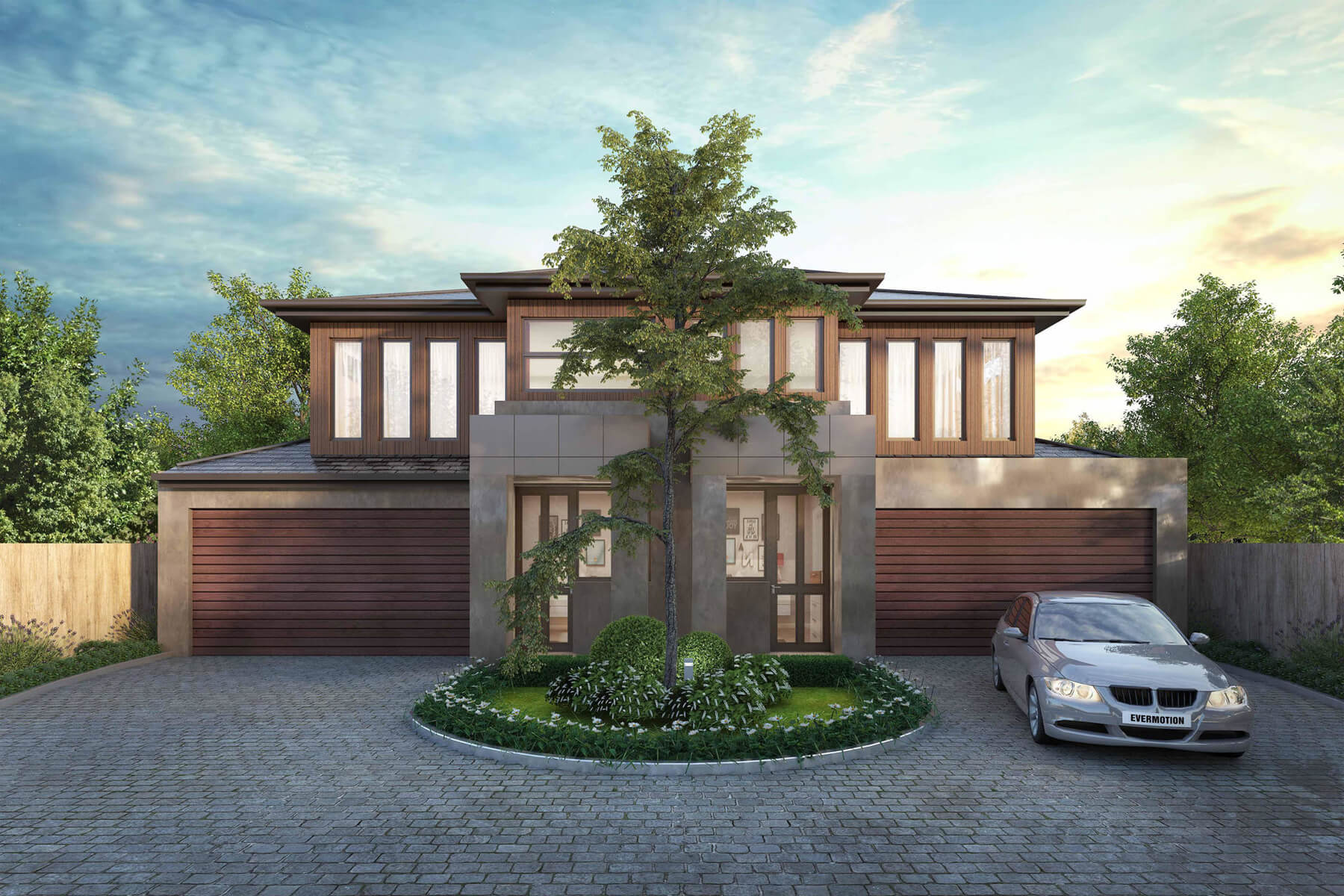Navigating the Dual Occurrence: Unveiling the Intricacies of Dual Occupancy Homes
Dual occupancy homes have emerged as a pragmatic and innovative solution to the evolving needs of modern living. This housing arrangement, also known as dual living or multi-generational housing, presents a unique set of advantages and considerations that cater to the diverse lifestyles and family structures in today's society. In this exploration, we delve into the concept of dual occ, examining its benefits, challenges, and the growing trend that is reshaping the landscape of residential architecture.
The Rise of Dual Occupancy Homes
As urban spaces become denser, and the dynamics of households evolve, the demand for flexible and sustainable housing options has driven the surge in dual occupancy homes. The concept revolves around the idea of creating two separate living spaces within a single property, allowing for independent living arrangements while maximizing the efficient use of land.
Embracing Versatility and Flexibility
One of the key attractions of dual occupancy homes lies in their versatility. Whether it's accommodating extended family members, providing a rental income stream, or creating a dedicated space for a home office, these homes offer adaptability to changing needs. The ability to simultaneously address multiple requirements within a single property is reshaping the way families envision their living spaces.
Design Considerations and Architectural Trends
The design of dual occupancy homes involves thoughtful planning to ensure both units have sufficient privacy, access to natural light, and functional amenities. Architectural trends in dual occupancy dwellings often incorporate modern aesthetics, sustainable features, and innovative space utilization strategies. From shared communal areas to separate entrances, architects are redefining the blueprint of homes to align with the demands of dual living.
Financial Benefits and Investment Potential
Beyond lifestyle considerations, dual occupancy homes can be financially advantageous. For homeowners, the ability to generate rental income from one unit provides a means to offset mortgage costs. Additionally, the potential for increased property value over time adds to the appeal of this housing model, positioning it as a strategic investment in the real estate market.
Overcoming Challenges: Zoning, Regulations, and Community Perception
While dual occupancy homes offer a multitude of benefits, they are not without challenges. Zoning regulations, local planning laws, and community acceptance can pose hurdles in certain areas. Navigating these challenges requires a thorough understanding of local regulations and engaging in open communication with neighbors to address concerns and foster community harmony.
The Future of Living: A Dual Occ Perspective
As the dual occupancy trend gains momentum, it raises questions about the future of residential living. Will this innovative housing model become the norm rather than the exception? How will urban planning and zoning adapt to accommodate the evolving needs of families and individuals? The dual occupancy phenomenon opens a dialogue about the future of housing and invites a reimagining of traditional living spaces.
Click here for more information :-

Comments
Post a Comment